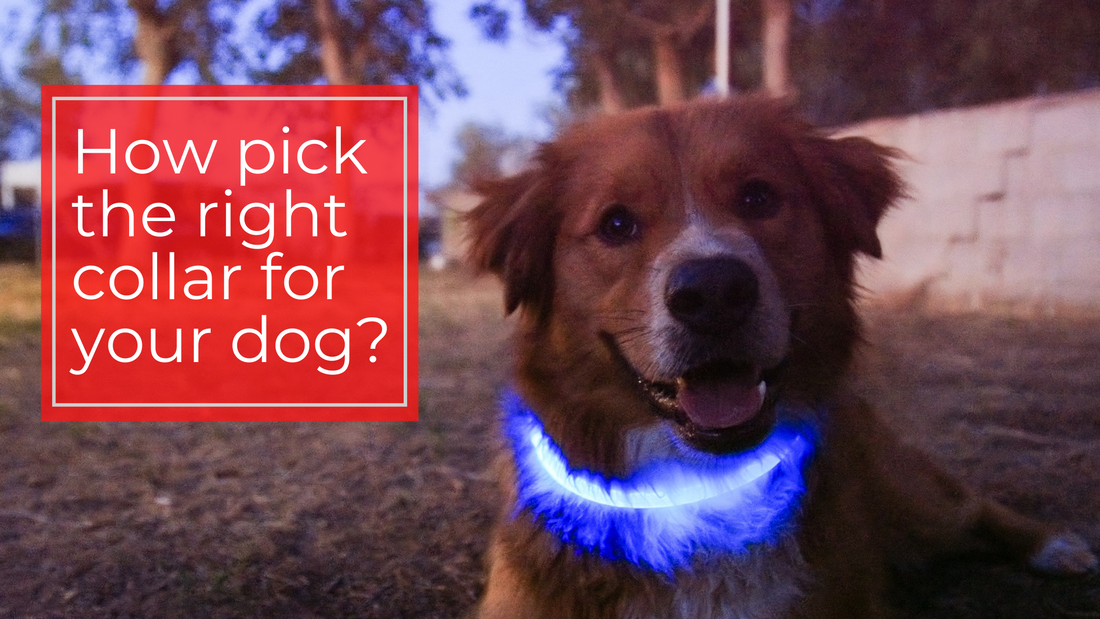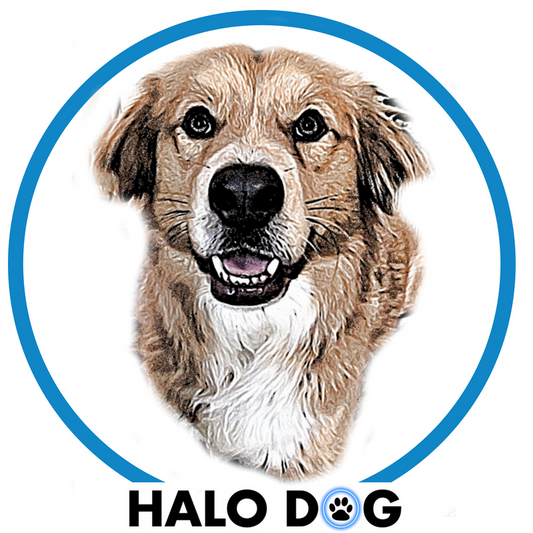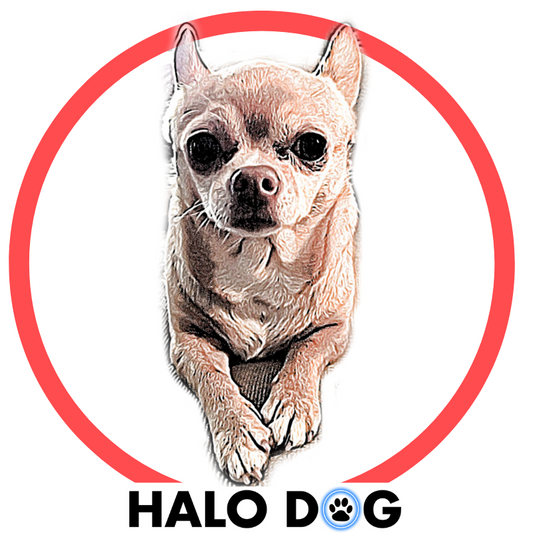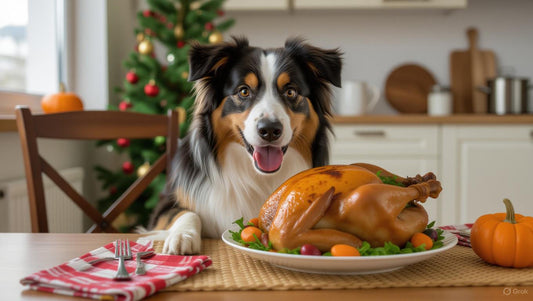
How to pick the right sized dog collar for your dog?
Share
The history of the dog collar dates back to ancient times, when dogs were used for hunting and working. Early dog collars were made of materials such as leather or metal, and were designed to protect the dog's throat and to provide a means of attaching a leash or a harness.
In ancient Egypt, dogs were often depicted wearing collars adorned with precious jewels and metalwork. These collars were not just for decoration, but also served to identify the dog's owner and status. Similarly, in ancient Greece and Rome, dogs were depicted wearing collars with metal plates or rings, which were used to identify the dog's owner and to keep the dog from running off.
During the Middle Ages, dogs were used for hunting and as protectors of their owners' homes and property. Collars during this time were made of metal and often featured spikes or studs to protect the dog from attack by other animals.
In the 18th and 19th centuries, the use of dogs for hunting and as companions increased. Collars during this time were made of leather and were often decorated with intricate stitching and brass or silver studs.
During the 20th century, collars became more functional than decorative. Leather and metal collars were still commonly used, but new materials such as nylon and plastic were introduced, making collars more lightweight and comfortable for dogs to wear. Today there is a wide variety of collars available, including those with built-in GPS tracking devices and those that are designed for specific uses such as training or behavior modification.
Overall the dog collar has evolved throughout history, from a practical tool to protect and control the dog, to a variety of purposes from identification to tracking, from fashion to training.
When choosing a collar for your dog, it's important to select the right size to ensure that the collar fits properly and is comfortable for your dog to wear. Here are some steps you can take to pick the best size of collar for your dog:
- Measure your dog's neck: Use a flexible tape measure or a piece of string to measure the circumference of your dog's neck. This measurement should be taken at the widest point of the neck, just below the dog's ears and above the shoulders.
- Check the collar size: Compare your dog's neck measurement to the sizes available for the collar you are considering. Make sure to allow some room for adjustability, so you can adjust the collar as needed.
- Check the fit: Put the collar on your dog and adjust it to fit snugly. You should be able to fit two fingers between the collar and your dog's neck, but it should not be so loose that it can slip over your dog's head.
- Material: Collars can be made of nylon, leather, or metal. Nylon and leather collars are lightweight and comfortable for your dog to wear, but they may not be as durable as metal collars. Metal collars, such as stainless steel or aluminum, are more durable and can be engraved with your dog's name and contact information.
- Buckle: The buckle should be secure and easy to open and close. Some collars have quick-release buckles that can be helpful in emergency situations.
- Reflective: Reflective collars, or collars with reflective stitching, are a good option for dogs who walk or play outside at night, as they can make it easier for cars to see your dog in low-light conditions.
- ID tag: An ID tag attached to the collar is important in case your dog gets lost.
- Purpose: Is the collar just an identification or the collar will be used for training, leash or both?
- Monitor your dog when wearing the collar: Observe your dog over time to see if collar rubs on his skin, causes pressure on their trachea or gets loose.
- With breeds with short snouts like Bulldogs and Pugs it is recomended to avoid collars that can cause respiratory issues, with pressure on their trachea when wearing collars and use harnesses instead
Remember to also check that the size you choose for your dog does not impede its breathing and does not get loose or slips out of it. Keep in mind that collar should not be too tight but not too loose.
It is also important to note that not all dogs should wear collars, some breeds with short snouts like Bulldogs and Pugs could have respiratory issues and pressure on their trachea when wearing collars.
Check out Halo Dog Collars








